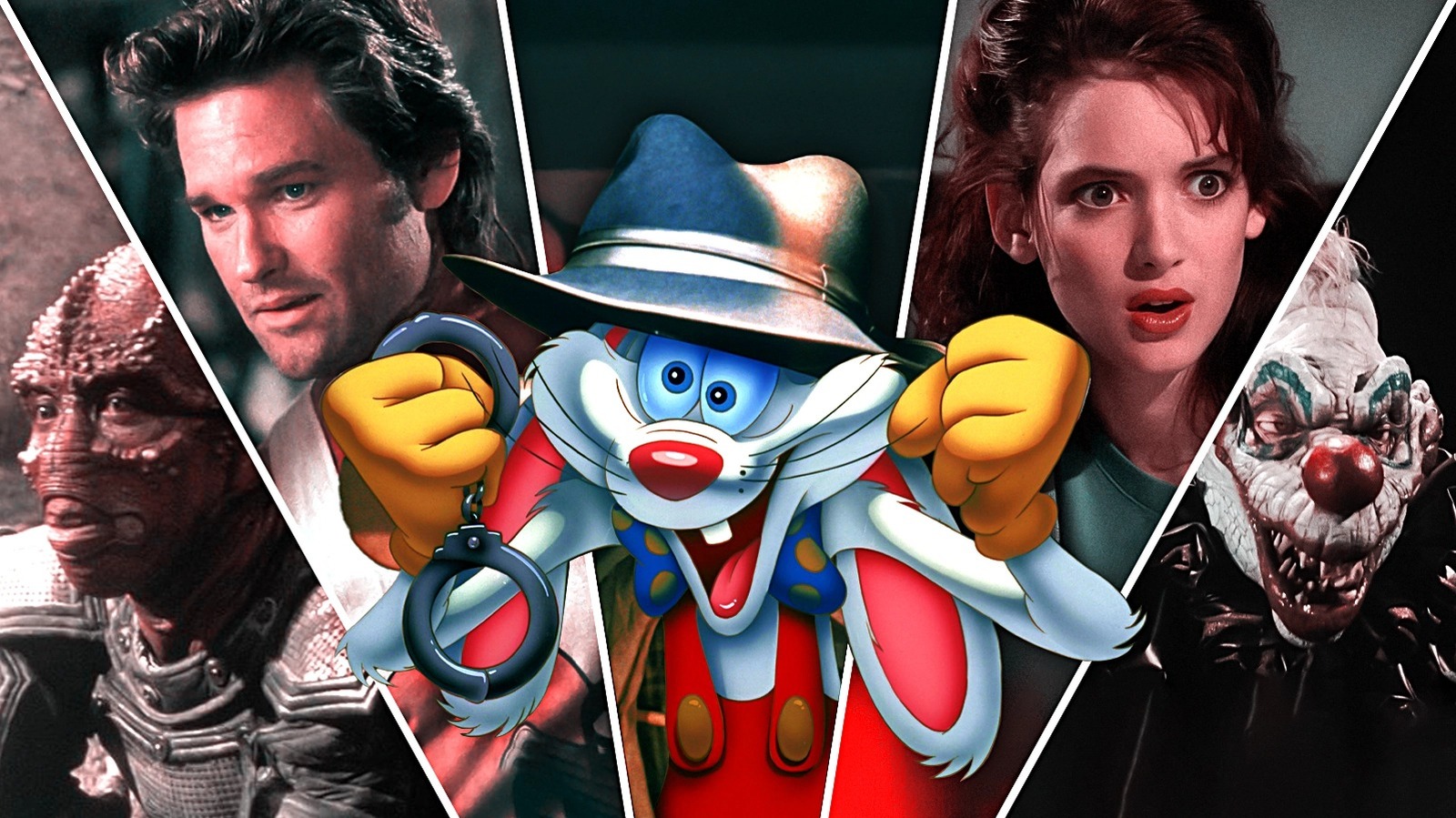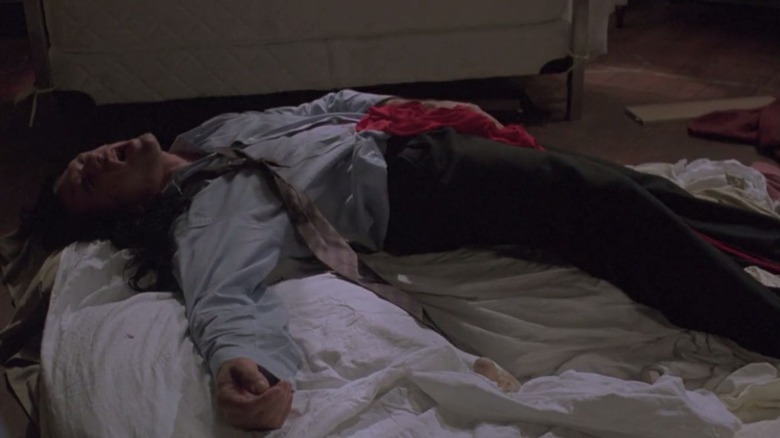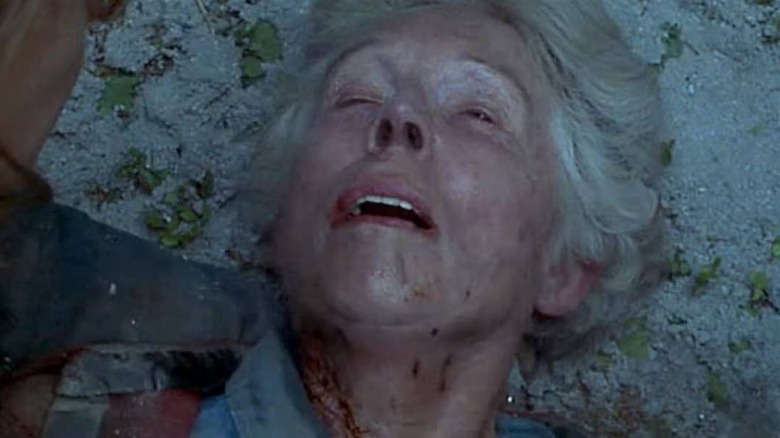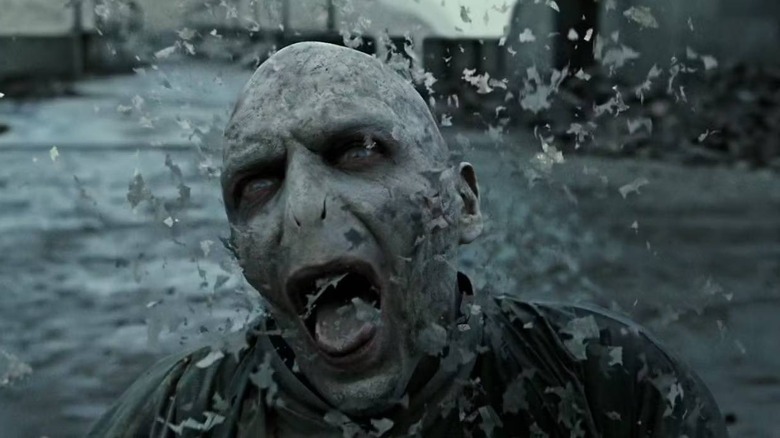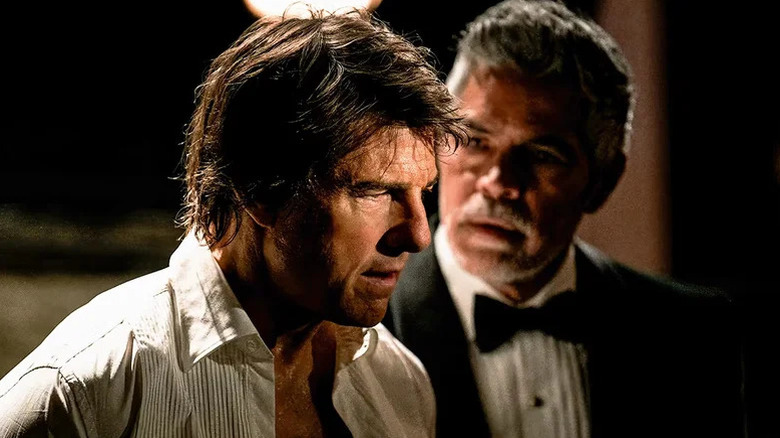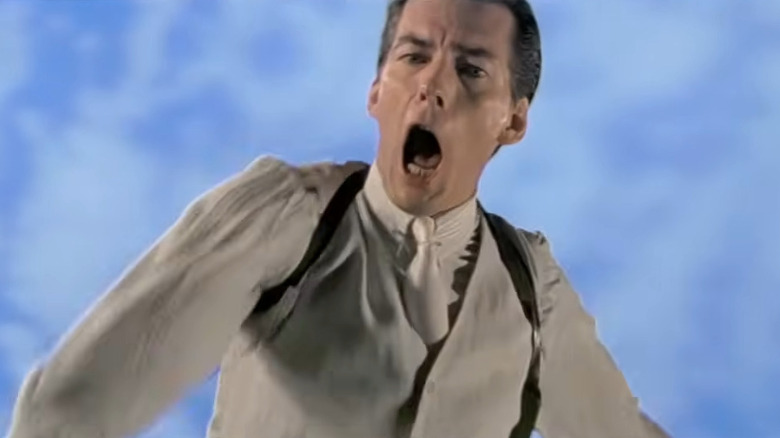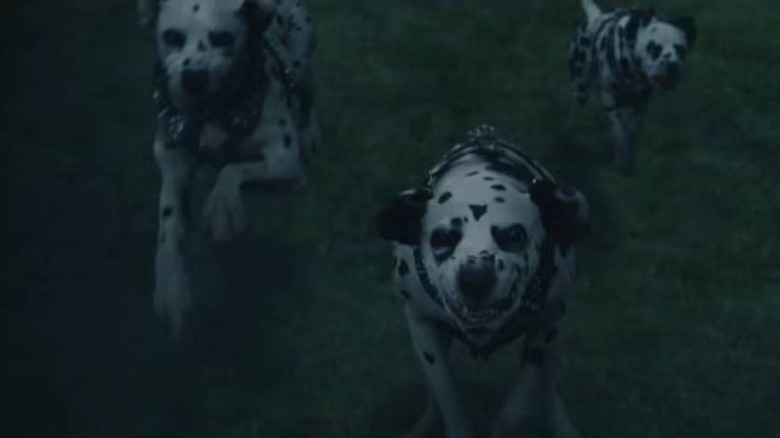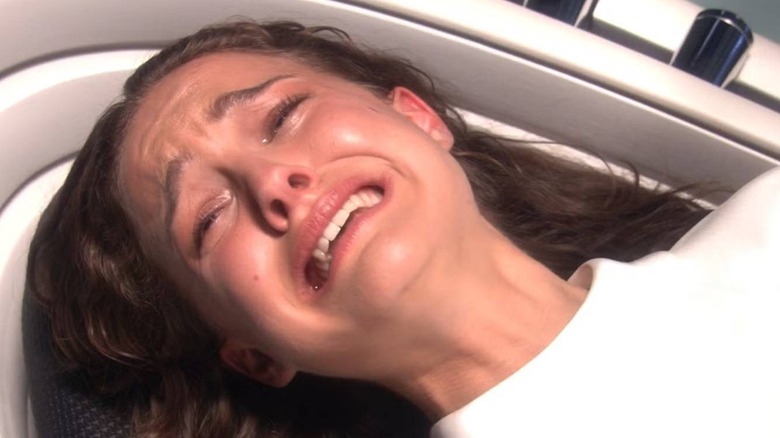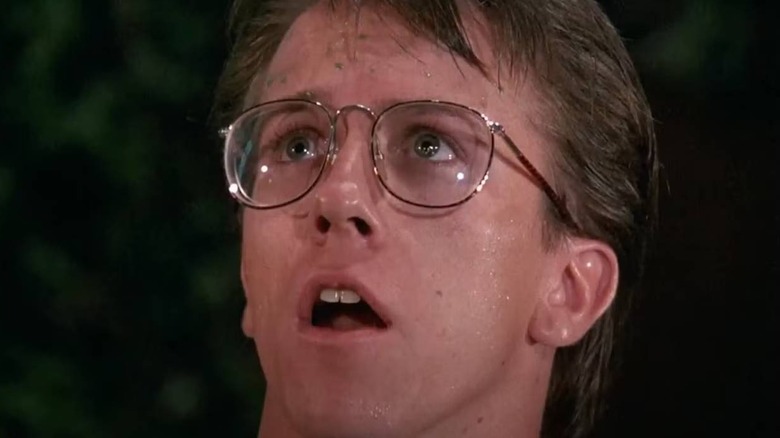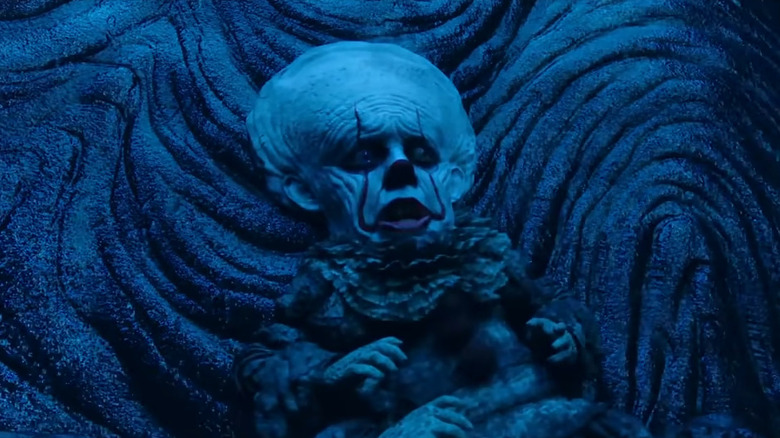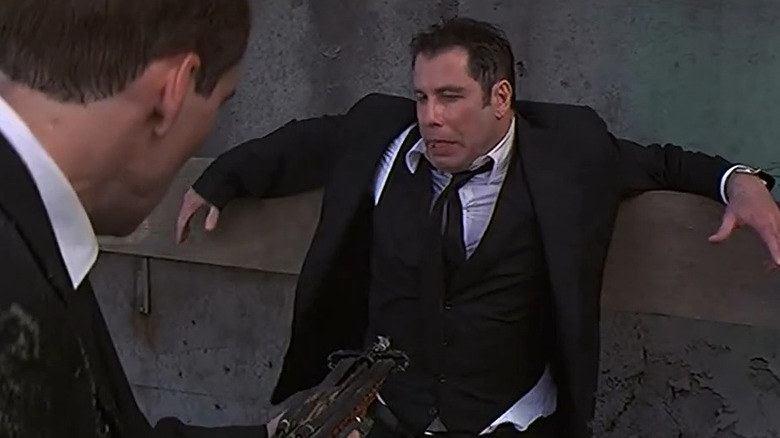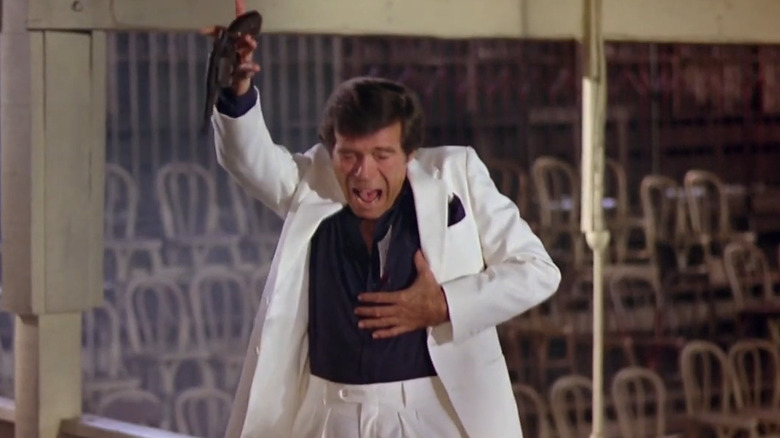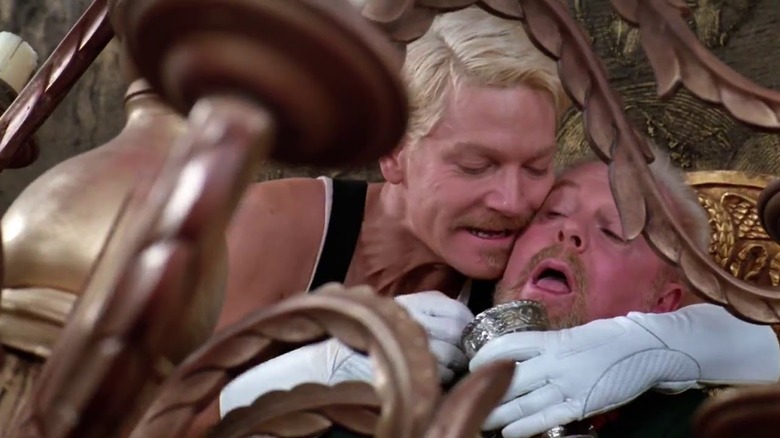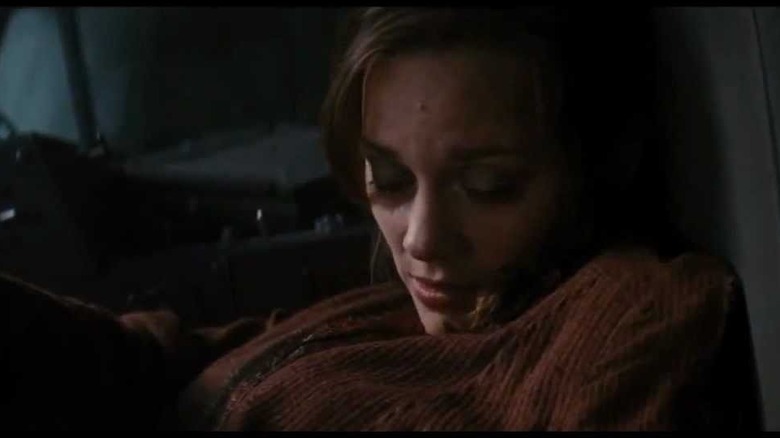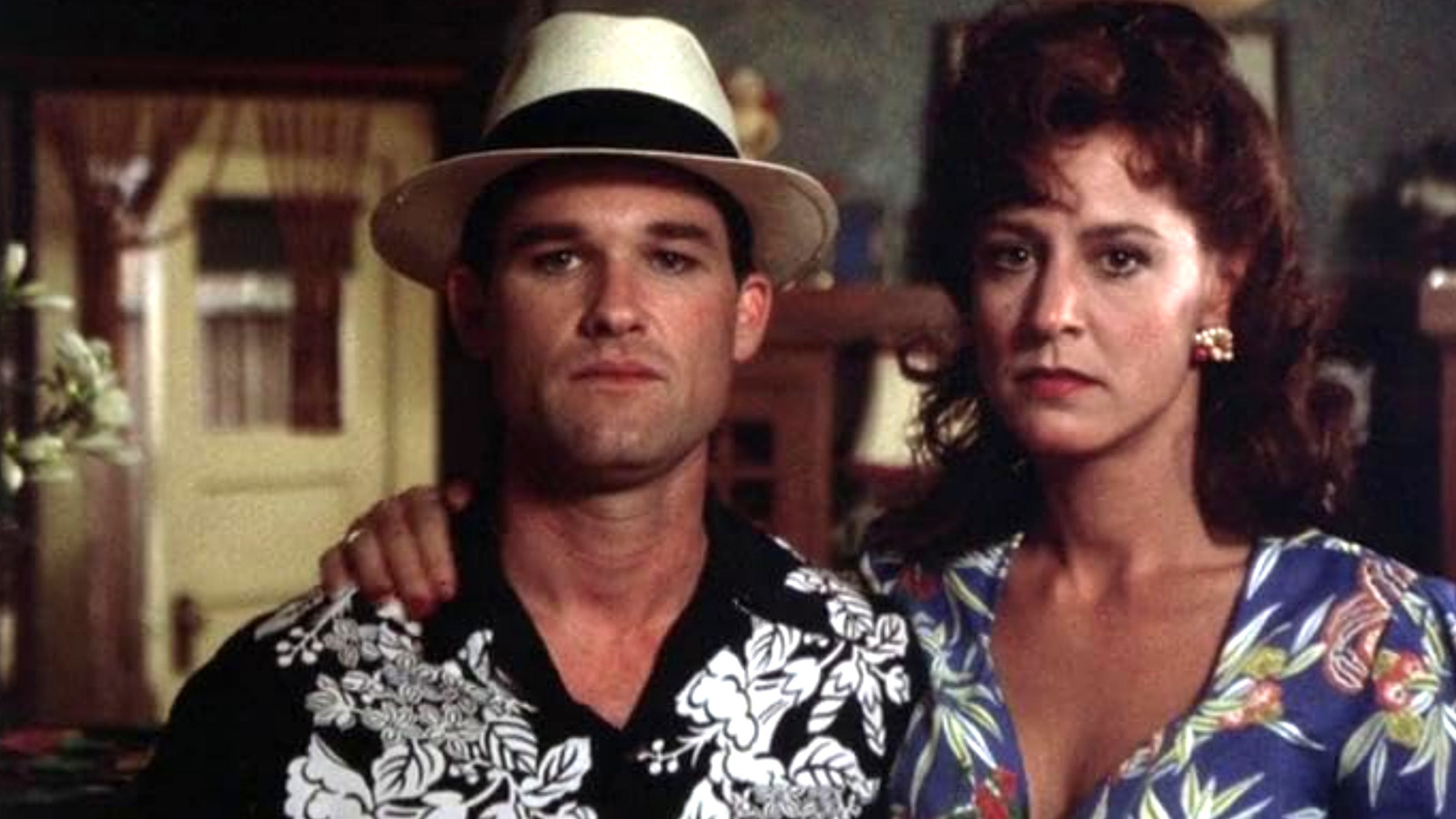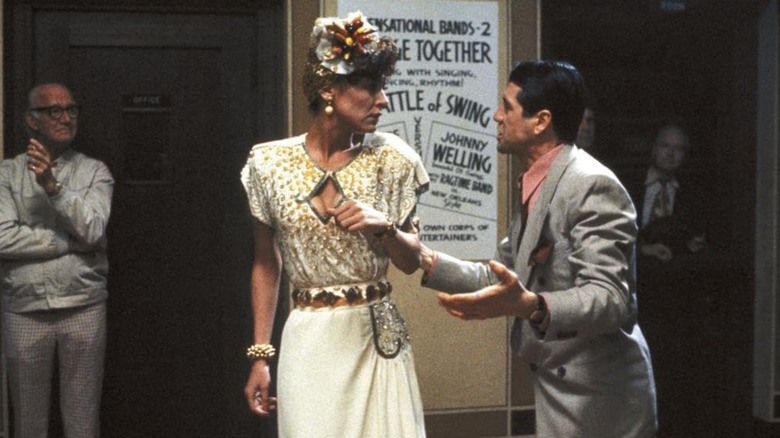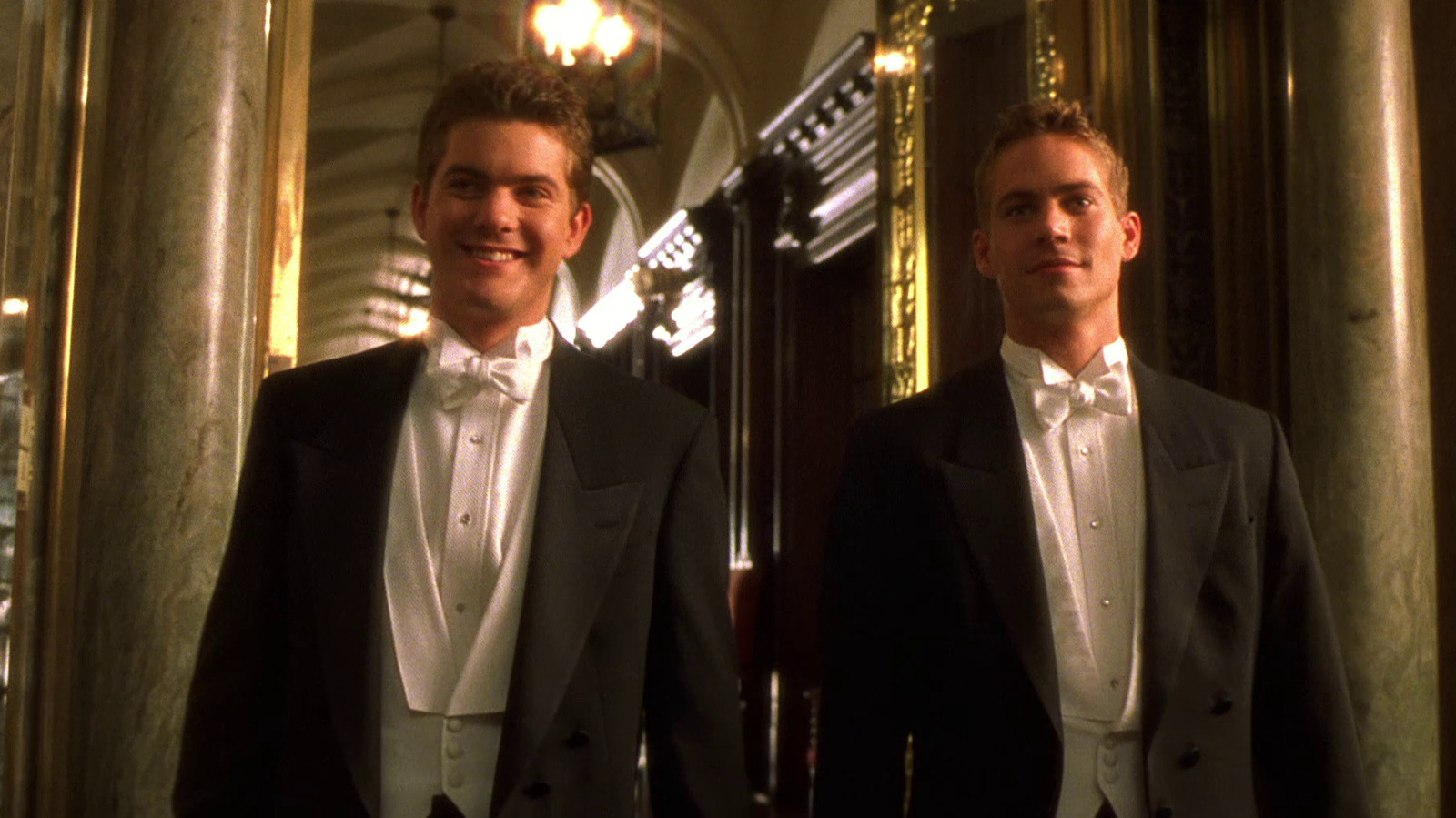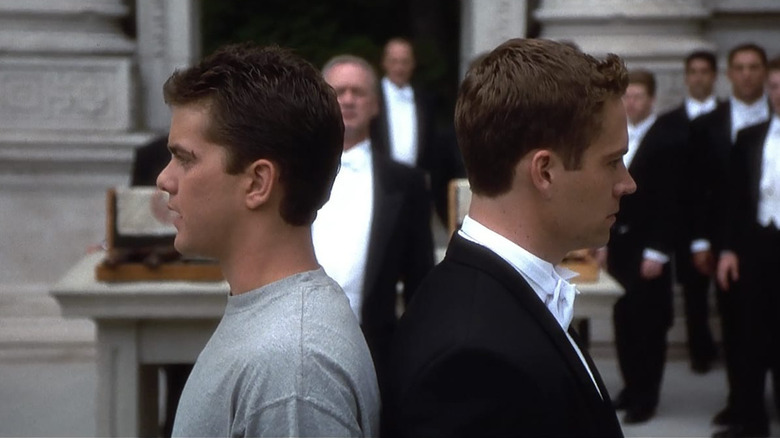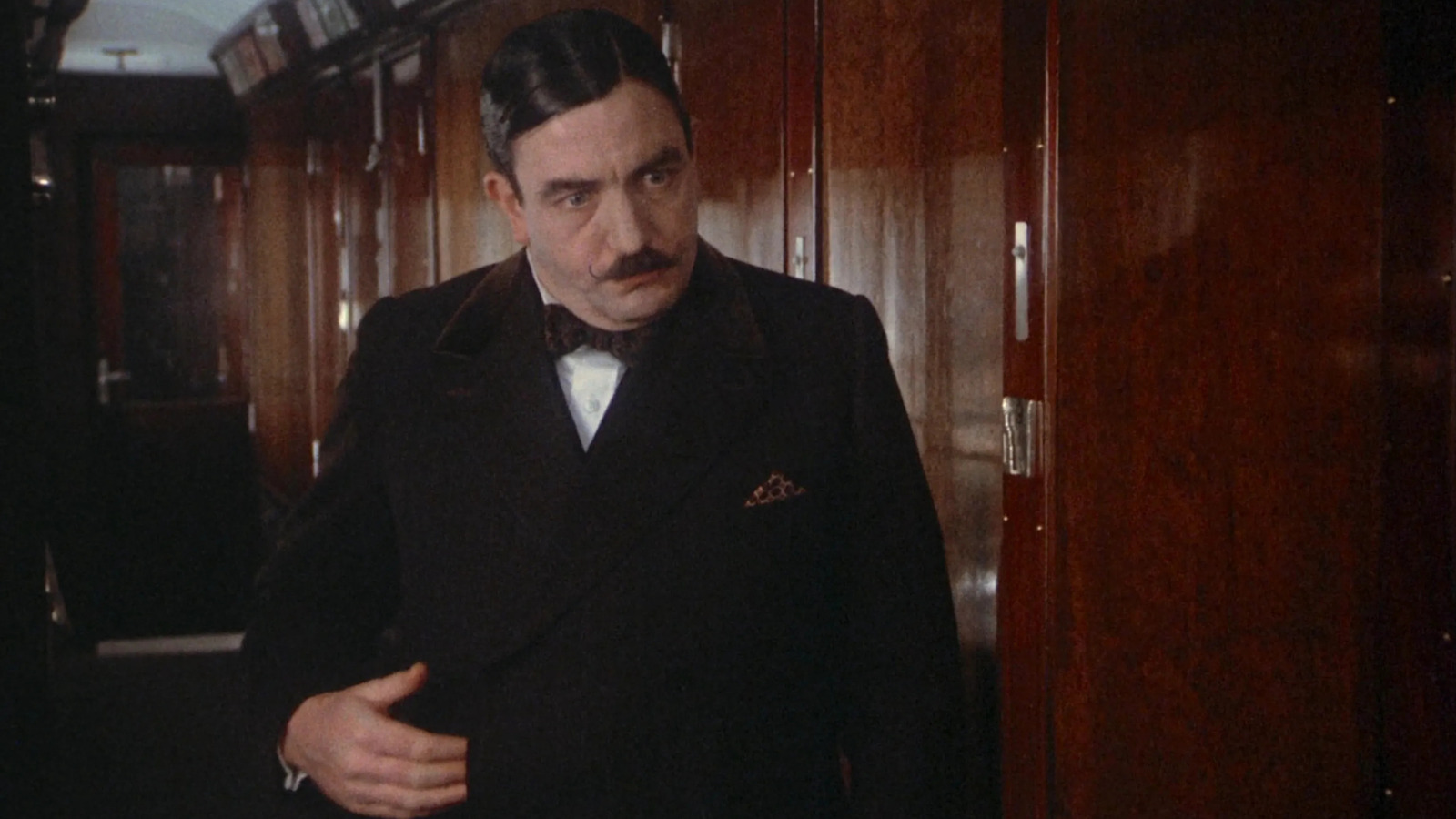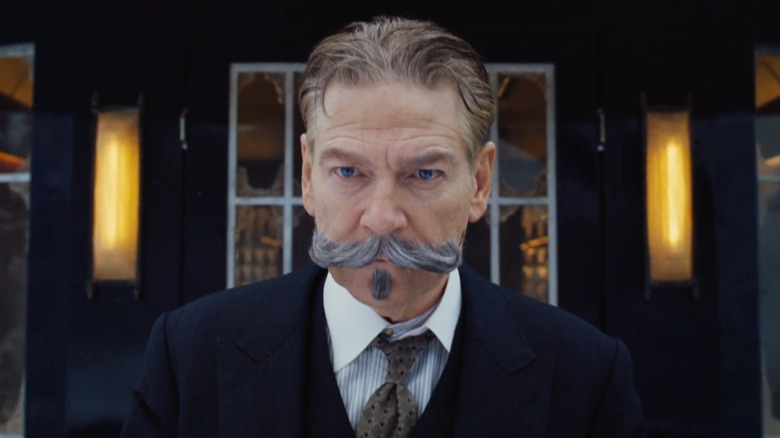Broadcast News
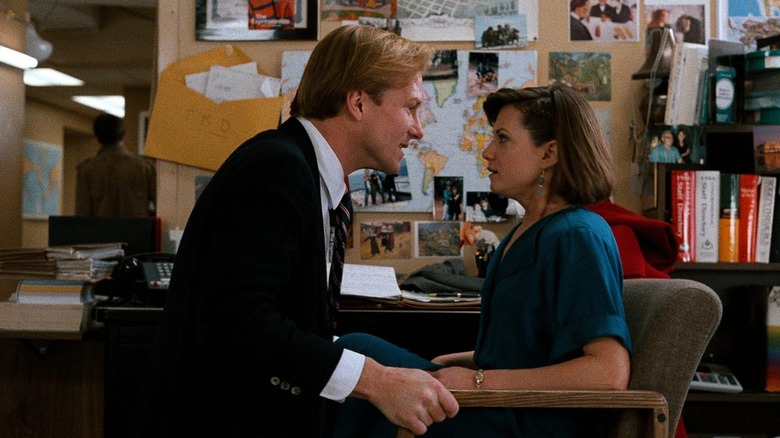
20th Century Fox
In 1987, James L. Brooks’ “Broadcast News” was satirizing the major network news programs for becoming slicker, using staged footage, and massively downsizing talented reporters, so the executives could keep their fat salaries. All of this was before Fox News, social media, and the Internet. Imagine the territory a sequel could mine, if things haven’t already gone beyond parody. “Broadcast News” was nominated for seven Oscars, though it won none, perhaps because industry titans felt it hit too close to home.
Playing reporter Aaron Altman, Albert Brooks calls out William Hurt’s slick anchor Tom Grunick as the devil, because rather than being overtly malevolent, he’s the kind of presenter who will gradually lower standards, bit by bit, taking shortcuts to make the product more entertaining. His biggest sin? He fakes tears in a reaction shot to recreate an emotional moment he had when the camera was off him. When called out, he actually feels bad about it. Compared to today’s press corps, he’s practically a model of integrity.
Masters of the Universe
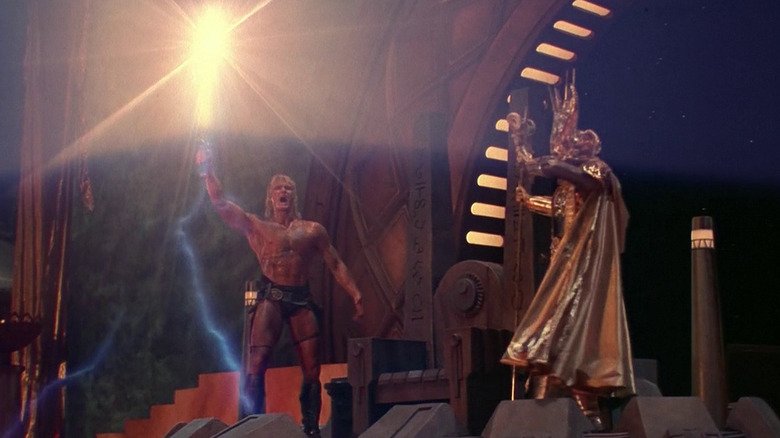
Cannon Films
The “Masters of the Universe” toy line and TV cartoon were icons of ’80s childhood, but by the time the movie adaptation was filming, toy sales were flagging, and Cannon Films threatened to shut production down altogether after their creative finances began to bite them. Dolph Lundgren, Frank Langella, and director Gary Goddard had to negotiate extra time on the shut-down soundstage to film the final fight in low light.
Despite the messy circumstances, and the obvious budget-based switch of most of the story from planet Eternia to Earth, the movie managed to be a fun, slightly more serious take on the toy-inspired characters, with Langella having a blast turning Skeletor into a Shakespearean tragi-tyrant. It died in theaters, as did the toys soon thereafter at retail, and a proposed sequel script was rewritten into Jean-Claude Van Damme’s “Cyborg.”
Travis Knight, as of this writing, is wrapping a remake that will feature more characters and designs from the cartoon, though it will still involve Earth.
Big Trouble in Little China
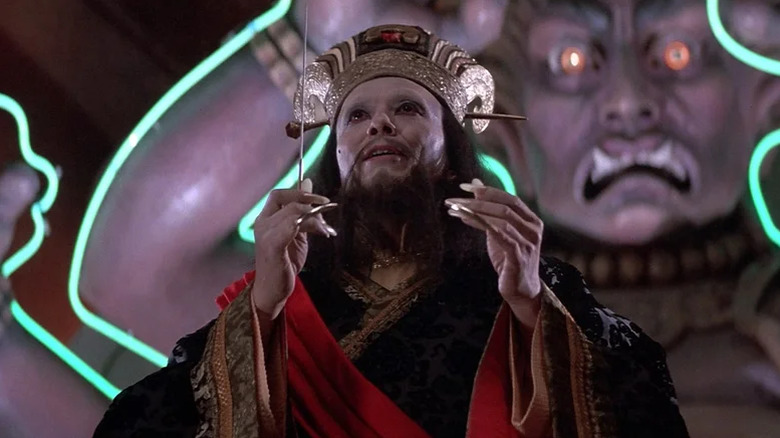
20th Century Fox
Of the holy triptych of John Carpenter-Kurt Russell movies, “Big Trouble in Little China” is the only one not to get another cinematic installment, and yeah, perhaps the world wouldn’t miss “Escape From L.A.” or “The Thing (2011)” if they were deleted from film history. “Big Trouble in Little China,” however, has always had the most potential to expand its world, with awkward hero Jack Burton (Russell) ending the movie by driving off to a new adventure, not knowing there’s a monster on the back of his “Pork-Chop Express.”
Dwayne Johnson had some ideas for a sequel, though it’s harder to imagine him grasping the satirical nuance of a movie that’s both a supernatural kung fu homage and a satire of the white savior trope. Ironically, when it comes to Carpenter properties, Danny McBride and David Gordon Green might be an even better match for the material than for “Halloween.” Russell’s still around, to either pass the torch or mock the “aging hero does one last job” trope, though he has two conditions.
Labyrinth
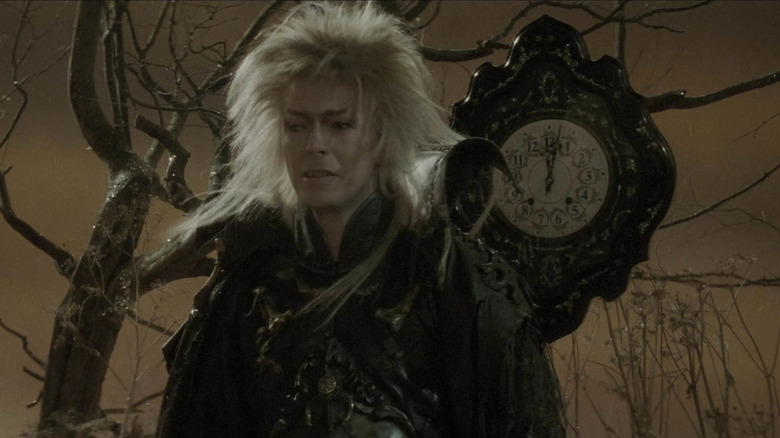
Tri-Star Pictures
The final feature film directed by Jim Henson — with concept art by Brian Froud, screenplay by Terry Jones, and a star performance from David Bowie and his massive codpiece — was somehow not a big hit initially at the box office, though it steadily gained a larger fanbase on home video, and gave co-star Jennifer Connelly a big push toward the A-list. It’s a movie about a baby kidnapped by goblins that’s occasionally incoherent, probably because of many disagreements between Henson, Bowie, Jones, and producer George Lucas over the tone. Nonetheless, it’s a visual marvel full of imaginative, practical puppets and M.C. Escher inspired sets; it’s also a metaphor for female coming-of-age in a way that its initial target audience of kids might have missed at the time.
Henson productions strongly considered making a sequel, circa 2004, but opted to make a new original film instead, in the hopes of gaining a similar perennial cult following on video, which became Neil Gaiman and Dave McKean’s “MirrorMask.” The relative lack of interest in Netflix’s “Dark Crystal” TV prequel series might have killed any more momentum for further “Labyrinth” journeys, though, especially since Bowie died.
Who Framed Roger Rabbit
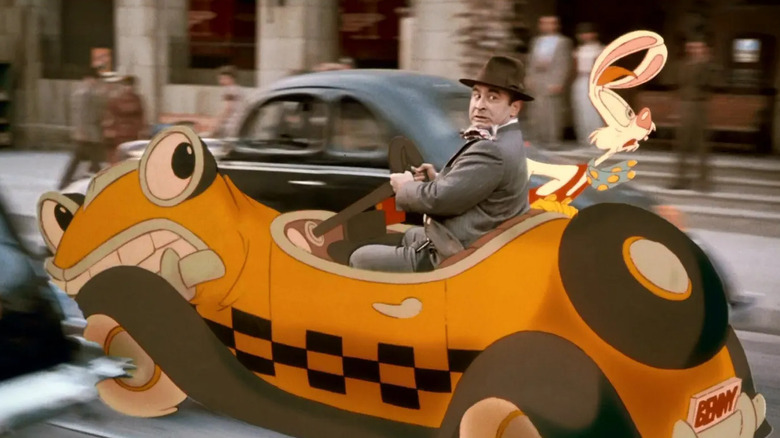
Disney
This one likely needs no introduction. Using groundbreaking techniques for integrating live action with animation, and circumventing a ton of legalese in order to allow animated characters from Disney, Warner Bros., and Fleischer Studios to be included, “Who Framed Roger Rabbit” became an instant classic, blending ’50s noir with Los Angeles history both real (the elimination of public transportation in favor of the freeway) and fake (Toon Town as a ghetto for sentient cartoons). It was also a huge success, but it was a tough one to duplicate or sequelize, considering the difficulty of arranging all that legalese again once the various companies smelled a surefire hit out of the deal.
The movie was loosely based on the novel “Who Censored Roger Rabbit?” in which Roger dies, but that didn’t stop author Gary K. Wolf from writing two more Roger Rabbit novels, neither of which were direct sequels but simply alternate stories without continuity to each other. The movie is so radically different from the first book, which is about newspaper cartoon performers rather than movie cartoons, that a sequel wouldn’t have had to follow the novels, but like the first film, could have picked and chosen key elements. Original characters Roger, Jessica Rabbit, and Baby Herman resurfaced in a few short films, but the 2022 “Chip ‘n Dale: Rescue Rangers” movie, which also featured cartoon characters from multiple studios in the real world, is probably as close to a sequel, spiritually, as we’ll get.
Killer Klowns From Outer Space
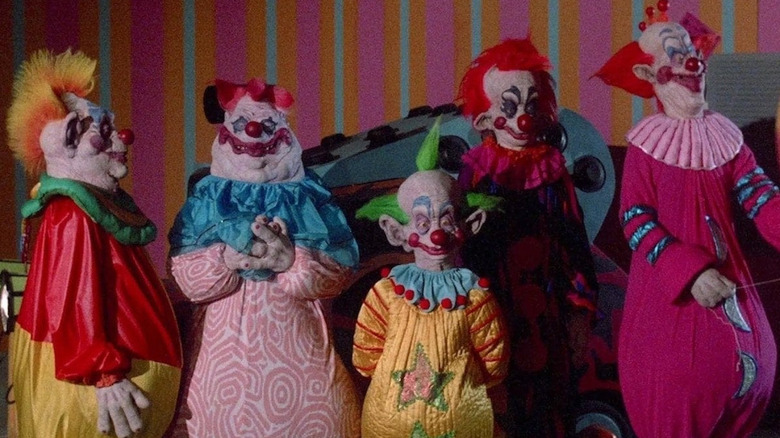
Trans World Entertainment
This movie’s premise was as simple as it was awesome. Aliens who look like clowns come to earth in a spaceship that looks like a circus tent, cocoon humans in flesh-melting cotton candy, and reproduce using popcorn. The only way to defeat one is to shoot it in the (always red) nose. The Klowns are also able to use mime, puppetry, and giant boxing gloves to kill their victims. To make matters even more awesome, there’s a theme song by the Dickies that utilizes classic circus music played on an electric guitar.
Master makeup artists the Chiodo brothers directed and produced the movie, while creating all the Killer Klowns. As movies about murderous clowns go, it’s a lot more absurd than scary, but commits to the ridiculousness in fun ways.
Over the years, numerous possible sequels, either theatrical or made-for-TV, have been planned but never executed. The Klown characters remain popular merchandise sellers and have appeared several times at Universal’s Halloween Horror Nights, but to date, their only official sequel has been a video game.
Near Dark
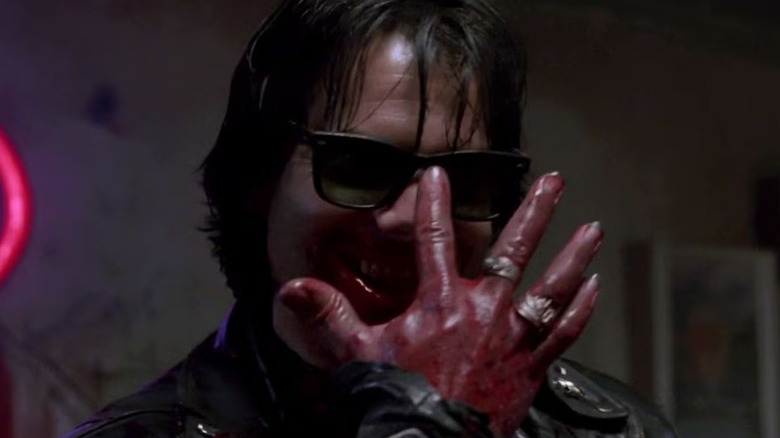
De Laurentiis Entertainment Group
It’s a vampire western directed by Kathryn Bigelow, featuring Bill Paxton and Lance Henriksen as crazed bloodsuckers. What further endorsement do you need?
The problem was that it came out in 1987 and was overshadowed by “The Lost Boys.” “Aliens” had come out the previous year, but the cult fandom surrounding Henriksen and Paxton had yet to hit full bloom, and the leads, Adrian Pasdar and Jenny Wright as vampire lovers trying not be the villains of the story, were considerably less charismatic than their onscreen foes.
There’s also the matter of blood transfusion feeling like a cheap cop-out of an antidote to vampirism, but that aside, it’s a movie that ably displays the action chops of its future Oscar-winning helmer. In a sequel, presumably the transfusions could be as easily reversed with another vampire bite.
A potential remake was canceled in 2008 thanks to, of all things, “Twilight,” and the worrisome perception that all vampire love stories might be seen as the same thing.
The Black Cauldron
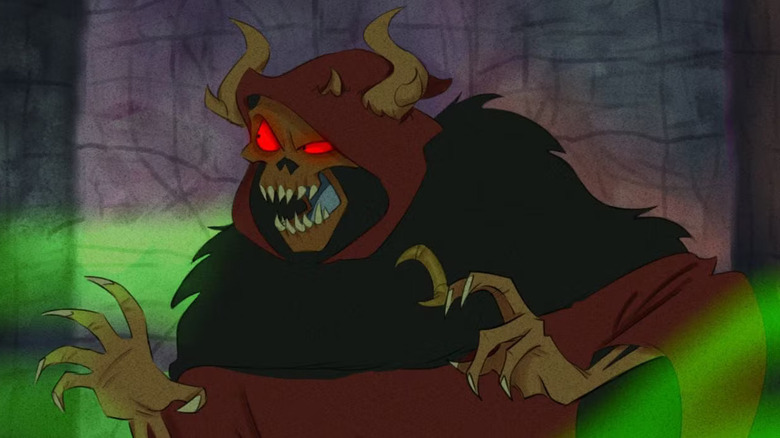
Disney
Lloyd Alexander’s “The Chronicles of Prydain” is one of those fantasy book series that seems like a gimme for cinematic adaptation, but so far, only Disney has tried with “The Black Cauldron,” an amalgamation of the first three books in the five-book cycle. The resulting 1985 animated film was probably too dark for what parents of the time expected from a Disney cartoon, but for kids of a certain age, it was just right: a magical castle siege movie pitting a pig farmer with a special sword against a skull-faced demon called the Horned King.
It was the closest thing to “He-Man and the Masters of the Universe” (by way of Disney) that children were going to get. Author Alexander even enjoyed the movie, though he said it bore no resemblance to his prose. The box office, however, was dismal and nearly ruined Disney animation.
Disney regained the rights to the Prydain novels in 2016, and while a book-accurate “Black Cauldron” is one live-action “remake” that could be well-received by fans of both the books and the older movie, the failure of the latter may still be making the company gun-shy.
Enemy Mine
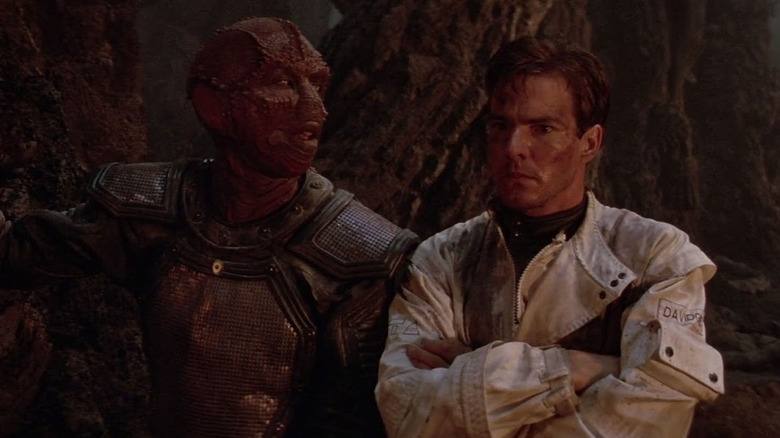
20th Century Fox
Barry B. Longyear’s novella “Enemy Mine” depicted humans at war with alien “Dracs,” and two opposing soldiers — human Davidge and Drac Jariba — get stranded together on an inhospitable mining planet. Forced to survive together, the two bond and learn that there are many misunderstandings between their species, and when Jariba dies, Davidge promises to take care of his son. The book predated the similarly themed “Ender’s Game” by a few years, and Longyear has far less baggage than Orson Scott Card. In the movie version, directed by Wolfgang Petersen, Dennis Quaid is Davidge and Louis Gossett, Jr. is Jariba.
In part because production was held up by the studio firing original director Richard Loncraine, redesigning the Drac makeup, and bringing in Petersen to reshoot everything, “Enemy Mine” did not make its money back. Reviews were also mixed, though opinions of the movie have improved over time, and Longyear’s two sequel novels were never adapted. A remake was announced in 2024, with Terry Matalas set to write the script.
Commando
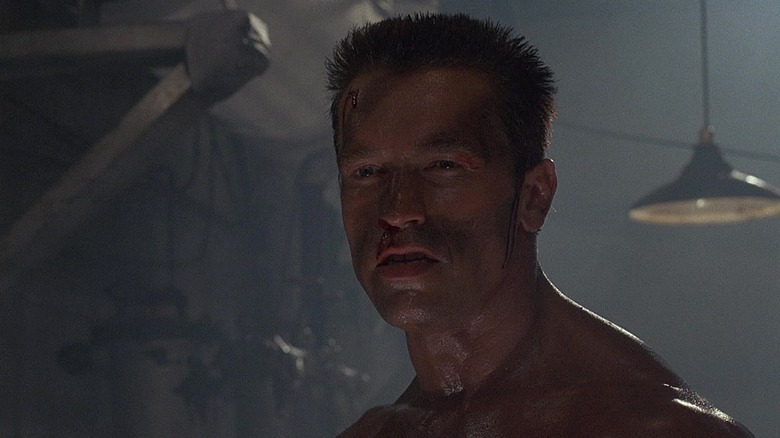
20th Century Fox
Arnold Schwarzenegger had been on a sci-fi and fantasy run — two “Conan” movies, “Red Sonja,” and “The Terminator” — when “Commando” tried to mold him into more of a conventional action star. It’s formative in the development of his persona, as the first movie in which he constantly delivers James Bond-inspired, badly punny one-liners after each kill. There’s still a little Conan/Terminator hangover in his character’s superhuman feats of strength, as his big muscles can still do anything, including tearing a full-sized phone booth out of the floor.
Boasting the absurd name of John Matrix, Schwarzenegger here plays father to a young Alyssa Milano, who’s kidnapped by evil Dan Hedaya and Vernon Wells. Matrix proceeds to become a one-man army, albeit with the aid of a flight attendant named Cindy (Rae Dawn Chong), with whom he has no romantic chemistry whatsoever. Schwarzenegger would refine this sort of persona over subsequent movies to be mildly less unbelievable, yet it’s the sheer over-the-top nature of “Commando,” scripted by “Die Hard” writer Steven E. de Souza, that keeps it appealing. Who wouldn’t want to see Arnold and Alyssa blow stuff up again?
Heathers
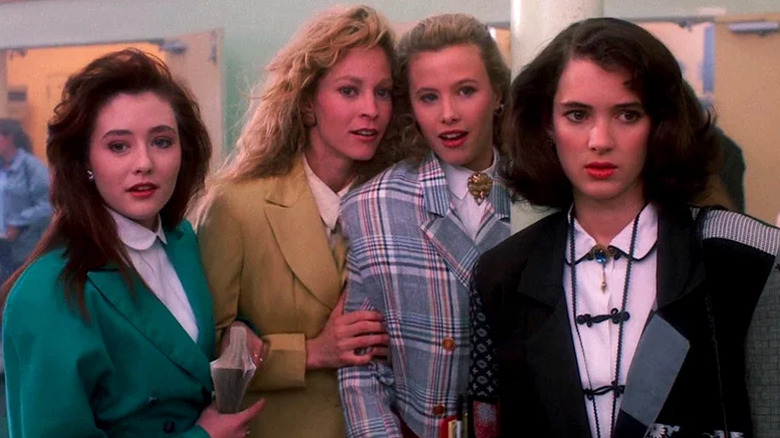
New World Entertainment
Michael Lehmann’s 1988 dark comedy, featuring Christian Slater and Winona Ryder as disillusioned teens who start killing the popular high school kids and making it look like suicide, took a while to take hold in the zeitgeist, but once it did, it stuck. Writer Daniel Waters went on to add his edgy humor to big-studio projects like “Batman Returns” and “Demolition Man,” and “Heathers” spawned both a musical and a TV series.
What it never got, though, was a proper sequel, despite Winona Ryder constantly talking about one and Waters spitballing an idea in which Ryder’s Veronica goes to Washington and kills the president. Waters and Ryder worked together again on the former’s second feature as director, “Sex and Death 101,” but while it had a similar comedic sensibility, it was neither a hit nor a springboard into “Heathers 2.” Given the way social media these days has censored words like “suicide” to the point that all the kids today are saying “unalive yourself” instead, it feels like an even tougher sell now.
The Last Starfighter
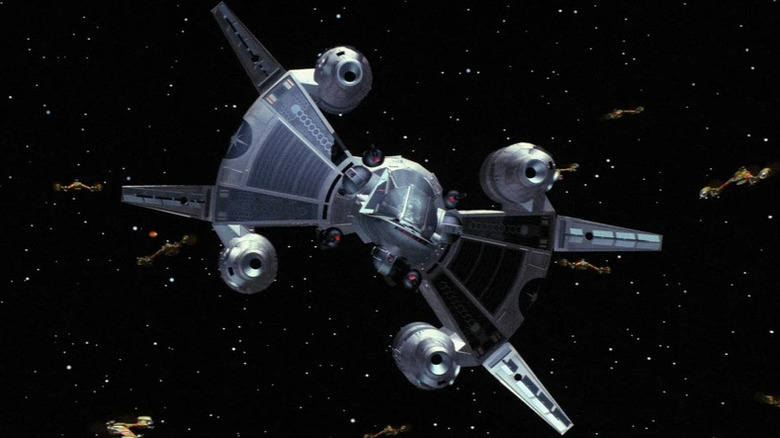
Universal Pictures
Recruiting gamers to fight in much larger battles is a tactic of the alt-right these days, but in 1984, it was science fiction, arcade gamer Alex (Lance Guest) was virtuous, and his recruiters were aliens seeking heroes to save them from the tyrannical Ko-Dan Armada. Not wanting to risk his life by “playing the game’ for real, Alex turns down the offer at first, but once it’s clear that the bad guys already know where he lives and have sent bounty hunters to kill him, he’s forced to take a stand, only to find out all the other starfighters are now dead, and he’s the last hope. The battle starships themselves were rendered with very early, then-impressive CG.
Directed by Michael Myers actor Nick Castle, “The Last Starfighter” clearly had high franchise hopes, as archvillain Xur escapes, and the film ends with Alex heading off into space with his girlfriend. It wasn’t enough of an immediate success to get a follow-up at the time, but the desire has been there ever since to make a sequel, with many interested parties trying over the years, only to be stymied by complicated legalities and contracts.
Dragonslayer
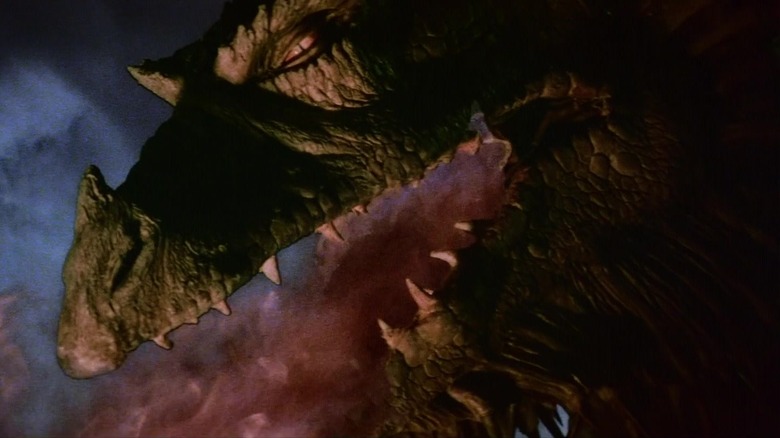
Paramount
Disney was clearly not feeling okay in the late ’70s and early ’80s, cranking out dark, creepy kids movies like “The Black Hole” and “The Watcher in the Woods.” Kids remember these cinematic nightmares fondly, even if parents thought they were a bit much. “Dragonslayer” (coproduced with Paramount), as a fantasy movie aimed at the whole family, was similar, overturning classic tropes by having its damsel princess ultimately burn to death, sacrificing herself as a blow against the patriarchy, while physically slight hero Galen (Peter MacNicol, later to play Janosz in “Ghostbusters II”) falls instead for a woman disguised as a man.
Then there’s the dragon itself, which boasts the awesomely intimidating villain name of Vermithrax Pejorative, a masterpieces of terrifying practical effects, utilizing animatronics and Phil Tippett’s “Go-Motion” animation process.
In the end, the corrupt king claims credit for the dragon kill, and actual slayer/sorcerer’s apprentice Galen only gets his girl, and a random horse that just shows up. Vermithrax may have died, but the hero’s journey still seemed uphill for Galen, who could have had more adventures to prove himself again.
Flash Gordon
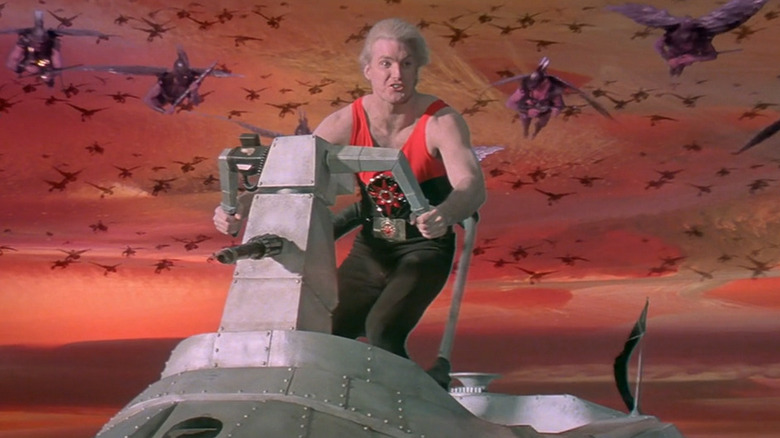
Universal Pictures
Two great things came from George Lucas failing to get the “Flash Gordon” movie rights: One was that “Star Wars” happened, but the other was that this deliriously imaginative and campy Mike Hodges version got made instead.
With production design by Federico Fellini collaborator Danilo Donati, gloriously theatrical performances from the likes of Max von Sydow and Brian Blessed, a script by 1966 “Batman” scribe Lorenzo Semple Jr., and a score by Queen that includes the catchiest hero theme earworm of all time, 1980’s “Flash Gordon” expertly delivers visually stunning sci-fi action for the kids and innuendos and historical jokes for the adults. Kids who grew up with the movie kept catching more and more references as they got older.
Sadly, lower than expected box office and a falling out between producer Dino De Laurentiis and star Sam J. Jones — one so bad that Jones didn’t show up for post production and had many of his lines overdubbed — meant there was no follow-up, even though the Filmation animated version that ran around the same time offered the perfect hook. Sure, Flash saved the Earth, but how are the Earthly heroes ever going to get home?
The final shot teased the resurrection of the evil Ming, with the caption “The End?” Unfortunately, the answer to that question was, “Yes.”
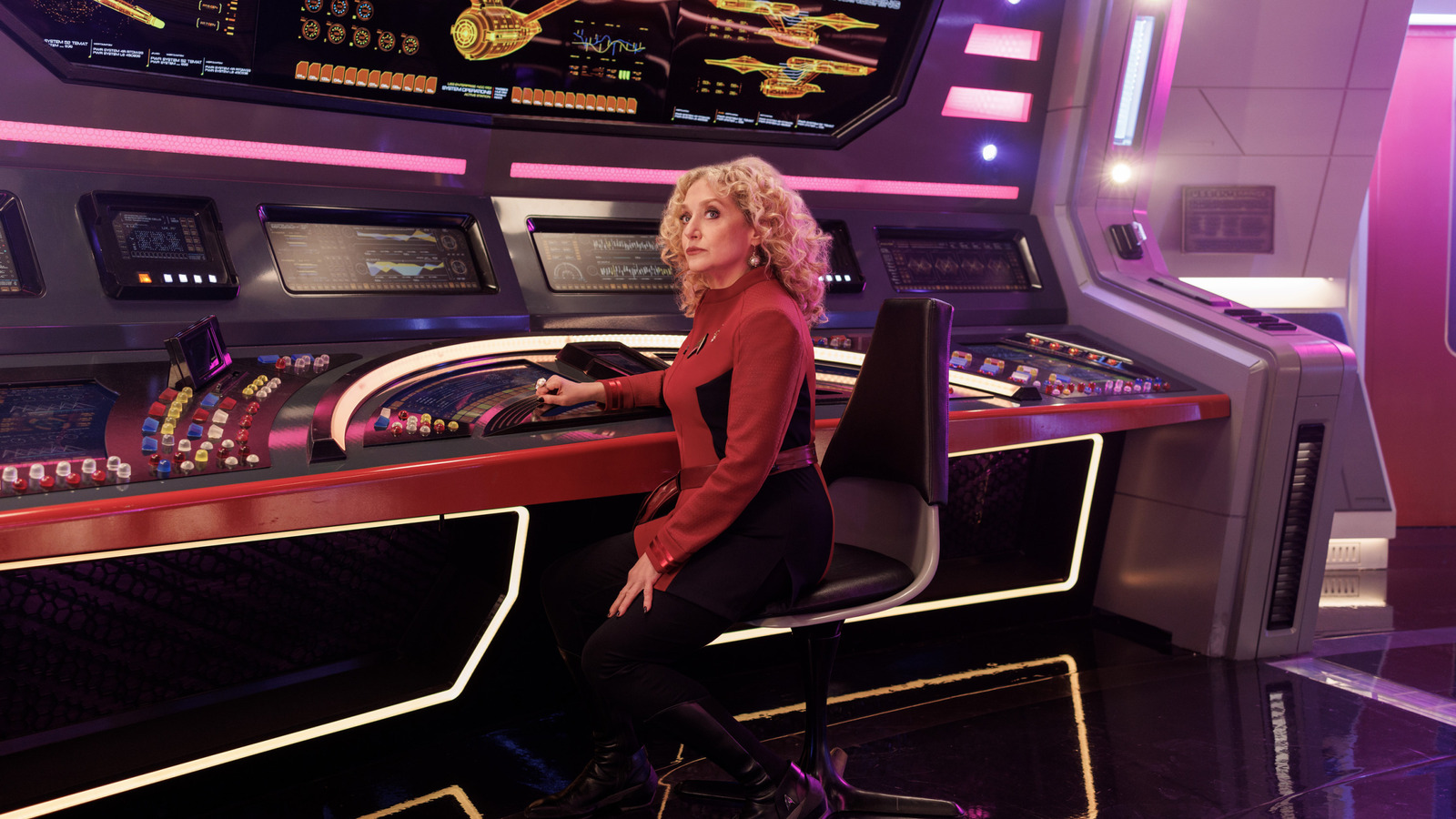
by admin | Jul 6, 2025 | TV & Beyond Articles
Of course, Lanthanies aren’t the only species on “Star Trek” that lives significantly longer than humans. On “Star Trek: The Next Generation,” Captain Picard (Patrick Stewart) was able to meet the elderly Vulcan Spock (Leonard Nimoy) who had simply gone on living since the original “Star Trek” series. Vulcans, we learn, can live over 200 years, if they take care of themselves (and it’s logical to take care of yourself). Spock’s father, Sarek (Mark Lenard) lived to be 203.
Then there’s the Denobulans from “Star Trek: Enterprise.” It’s implied that Denobulans — the species of Dr. Phlox (John Billingsley) — can live over 300 years, as the good doctor’s grandmother lived through several vicious wars from that long ago.
On “Star Trek: Deep Space Nine,” Dax (Terry Farrell) was a Trill, and they have incredibly long-lives. Sort of. The Trill is a conjoining of two species, a humanoid host and a worm-like entity that is surgically implanted in their abdomen. The worm entity can live about 550 years, but has to move between its hosts, which can only live for about 80 to 100. Dax is 20, but also 357.
Also on “Next Generation,” audiences met Guinan (Whoopi Goldberg), a member of the El Aurian species. El Aurians look like humans, have a very mellow life philosophy, and can live many centuries. Guinan was an adult on Earth in 1893 and used to tool around with Mark Twain (Jerry Hardin). Guinan, then, was at least 490. She also once mentioned that her father was still alive, and that he was 700. Guinan, being a private person, has never revealed how long El Aurians can live.
In the original “Star Trek” episode “Let That Be Your Last Battlefield” (January 10, 1969) two characters name Bele and Lokai (Frank Gorshin and Lou Antonio), from the planet Charon, claimed to have been hunting one another for 50,000 years. Happy birthday!
And that’s not even counting magnetic organisms or godlike entities that can live for millions of years. “Star Trek” operates on quite a long timeline.
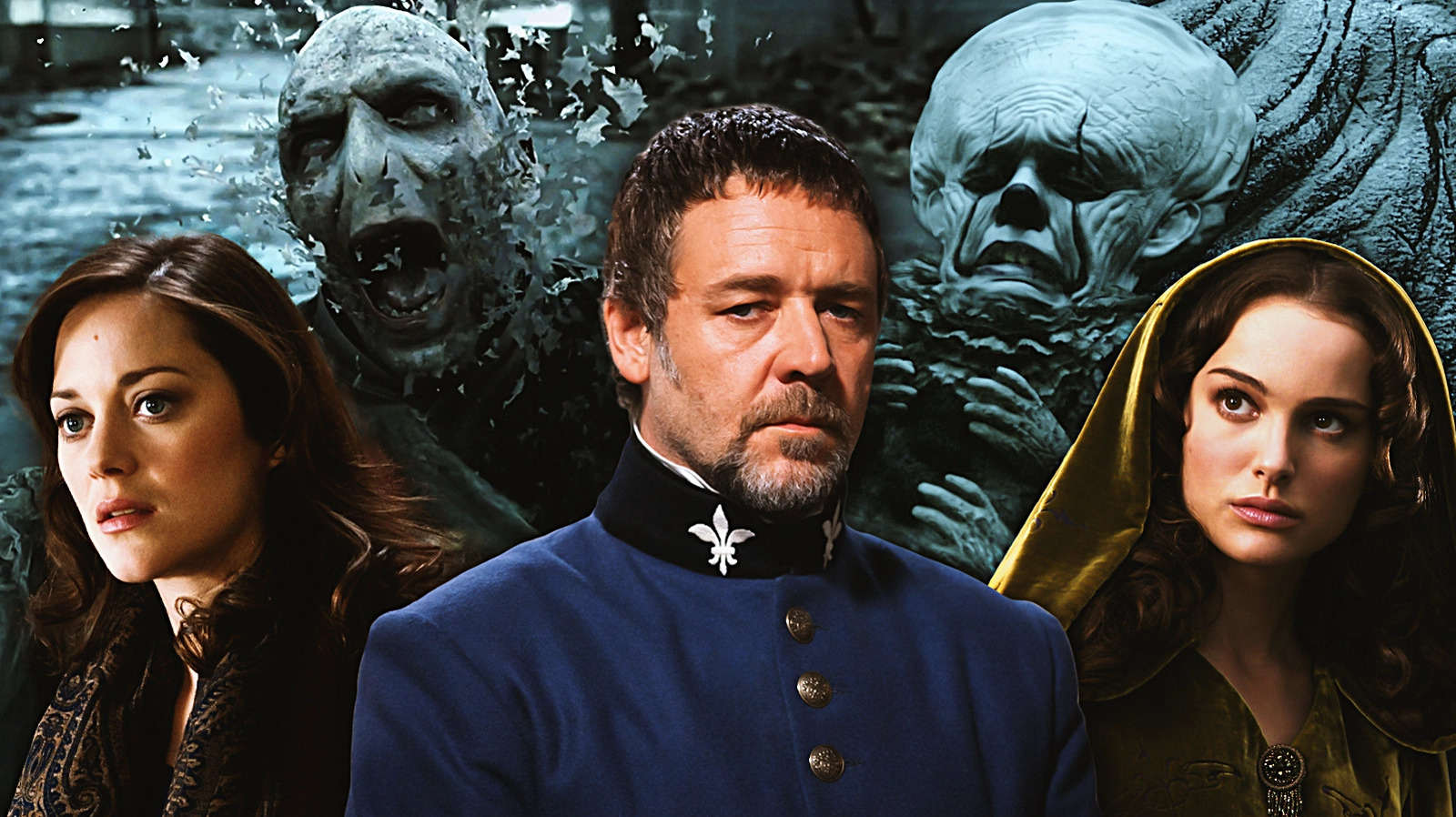
by admin | Jul 6, 2025 | TV & Beyond Articles
shocking deaths they couldn’t have seen coming.
That’s assuming, of course, the death is written and performed well. There’s nothing worse than having a scene that’s supposed to carry dramatic weight, and the audience can’t help but laugh at how stupidly someone died. Viewers instantly become aware they’re watching a movie and can’t reconcile the tonal dissonance of what they’ve witnessed. There are plenty of death scenes out there, but these are the ones permanently seared into our minds due to how bizarre they truly are. They remind us that someone shot this scene and went, “Yup, good enough!”
